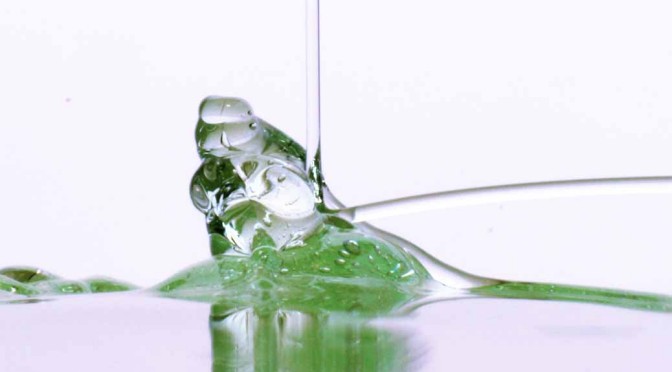Background
In the year 1518, a woman named Frau Troffea suffered with a very mysterious, contagious and a scary disease. Till date, doctors or science has no explanation on what really was going on in her body and the disease is still named among one of the most bizarre and the most unexplainable diseases ever – The Dance plague of 1518.
In the month of July Frau Troffea came down to a quiet street in the city of Strasbourg, France and started dancing fervently on the street. Even 6 days later, the woman was still dancing. On the 6th day, she probably died out of exhaustion.
But by the time she had stopped, the dancing disease had spread to 34 more people. And by the end of that month there were 400 others who were experiencing this irresistible urge to dance. Dozens died out of exhaustion.
Ironically, doctors and physicians suggested that the cure to this dancing plague would be to dance more. It was literally dance till you drop. Musicians were hired, stages were made for these hoards of dancers.
Similar contagious of these dancing epidemics in other European cities have been recorded in the history at least 10 other times before this. There was one in the year 1374, which the records say, spread to several towns!
Agreed the story is too old and seems to have become hyped due to repeated story telling, but clearly that isn’t the case because the certainty of the event, is established through a number of independent records.
Why was this happening?
Well, no one knows for sure. The mysterious disease has baffled scientists for years. However, there are of course some weak theories that explain the behaviour of these dancing people.
One theory says that the dancers got high on ergot – A psychotropic fungus that grows on rye and must have reached these people through bread. Since the symptoms associated with ergot poisoning are very similar to what these people were experiencing, it seems like a valid explanation. But there’s almost no chance that ergot poisoning happened…
That is because when a person gets poisoned by this fungus, they start having hallucinations and involuntary muscle contractions. However, the people who were affected by the dancing plague, according the people who had seen this happening, were clearly not willing to dance – which doesn’t happen when you are poisoned by ergot.
Also, these “muscle contractions” they were experiencing weren’t just involuntary contractions that are associated with ergot poisoning. They were moving in a very coordinated manner, actually dancing. Clearly, it wasn’t ergot.
Another possible explanation says that it was out of fear, anxiety and desperation among the people because of the widespread famine and disease in that area during this period. This is presently a widely accepted explanation.
Still, what exactly was happening their brains and what exactly caused it, no one knows.
[Source] [Read more here]









